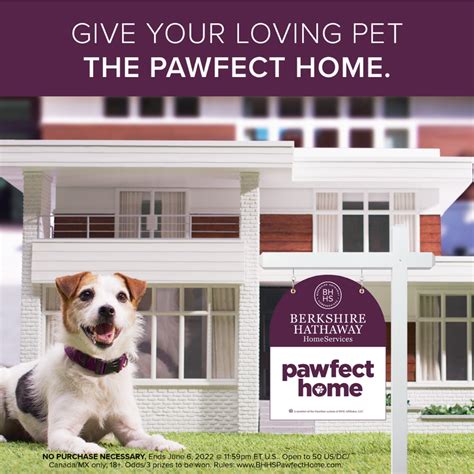Introduction:

Creating a harmonious living space for both humans and pets requires understanding their psychological needs. This article explores the intersection of pet psychology and interior design, providing insights into creating a pawfect home in 2025.
Pet Psychology Insights:
- Territoriality: Cats and dogs mark their territory with scents and scratches. Designate specific areas for their toys, food, and litter boxes to minimize stress.
- Security: Pets feel secure in cozy and enclosed spaces. Provide hiding spots such as cat trees, dog beds, and crates.
- Privacy: Pets need time to retreat and relax. Create designated quiet zones in the home where they can escape from activity.
- Stimulation: Mental and physical stimulation is crucial for pets. Include interactive toys, puzzle feeders, and scratching posts to keep them active and prevent boredom.
Interior Design Considerations:
- Surfaces: Opt for pet-friendly surfaces that are easy to clean and resistant to scratching and chewing. Consider hardwood floors, tile, or laminate.
- Furniture: Choose furniture with durable fabrics that can withstand pet hairs and claws. Consider microfiber or leather upholstery.
- Color: Avoid using bright or excessively patterned fabrics, as these can be overwhelming for pets. Neutral colors create a calming atmosphere.
- Lighting: Provide natural light sources whenever possible. Pets benefit from spending time near windows or in sun-drenched areas.
Pawfect Design Strategies:
- Multi-Level Cat Trees: Create vertical spaces for cats to explore and escape, providing them with a sense of height and security.
- Sensory Boxes: Fill boxes with different textures, scents, and sounds to stimulate pets’ senses and reduce boredom.
- Puzzle Feeders: Dispense treats through interactive puzzle feeders, encouraging cognitive activity and preventing overeating.
- Pet-Friendly Play Areas: Designate specific areas of the home for pets to play and interact with toys, providing them with a dedicated space for fun and exercise.
Tips and Tricks:
- Use pet-safe essential oils, such as lavender or chamomile, to create a relaxing atmosphere.
- Provide plenty of fresh water at all times.
- Keep dangerous items, such as medications and cleaning supplies, out of reach of pets.
- Regularly groom pets to remove loose hair and prevent shedding on furniture and carpets.
- Restrict pets from accessing certain areas of the home, such as the kitchen or bedrooms, if necessary for their safety or hygiene.
Common Mistakes to Avoid:
- Overcrowding: Avoid cluttering the home with excessive furniture or decorations, as this can create anxiety in pets.
- Lack of Privacy: Do not force pets to socialize if they prefer solitude. Respect their need for quiet time.
- Ignoring Safety: Ensure that all electrical cords and small objects are kept out of reach of pets to prevent accidents.
- Insufficient Stimulation: A bored pet is more likely to engage in destructive behaviors. Provide ample opportunities for play and mental engagement.
- Neglecting Grooming: Regular grooming is essential for maintaining pet hygiene and reducing shedding.
Conclusion:
Creating a pawfect home for pets in 2025 requires a holistic approach that considers both their psychological needs and interior design principles. By understanding the principles of pet psychology, homeowners can design spaces that promote well-being and foster a harmonious relationship between humans and their furry companions.





















